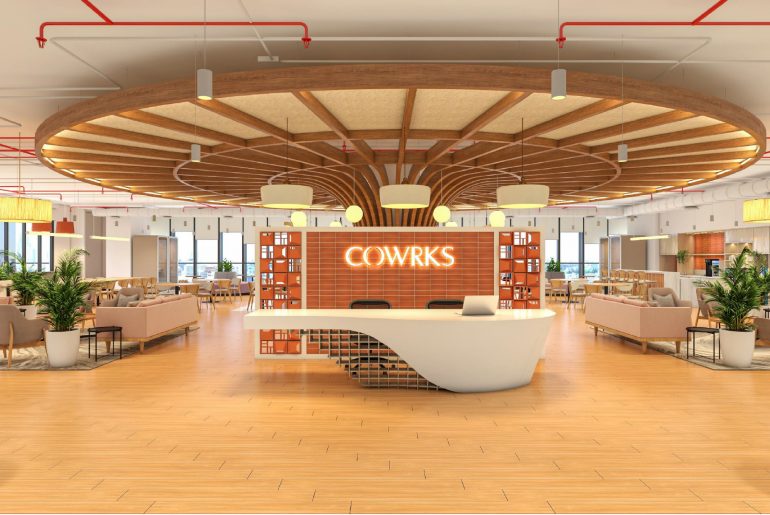Quiet quitting came to the forefront through a trending TikTok video and seeped into conversations around acceptable work culture. The trend has been analyzed by experts and commented upon extensively by industry stalwarts that acknowledged the ‘Hustle Culture’ and its perils that millennials refuse to accept. A Gallup study also reveals that 50% of the US population is quiet quitting, adding fuel to the fire.
Motivation factors and reasons behind quiet quitting appear to vary among individuals. Extended working hours, low pay, lack of flexible hours and workspaces are some of the reasons behind the rise of the trend. Similar to the ‘The Great Resignation’ – a phenomenon calling out toxic work cultures, Quiet Quitting addresses disengaged employees, proving that employee experience is becoming a top priority for organizations. Nowadays, employees demand engagement, communication, respect and work-life balance. Failure to fulfill these basic expectations results in disinterest and loss of passion – one of the primary reasons for Quiet Quitting.
On the brighter side, there are steps that can be taken by organizations and leaders to address the root causes of quiet quitting.
Make Employee Experience Your No. 1 Priority
Organizations are now acknowledging the importance of creating lasting and meaningful emotional connections between the employee and their employer. Employee experience has become a key aspect of all businesses and covers various aspects of how an organisation engages with their employees.
To elevate the workplace experience employers are now looking at re-imagining the overall build and operations of their workspaces. With a focus on creating a space where employees can network, collaborate and even break away from the monotony of everyday work, several organizations have shifted focus from mundane commercial spaces to flexible and managed offices that meet the needs of today’s employees. It’s a long journey for traditional organizations with vintage infrastructure and haphazard hiring practices, but the growth of flexible workspaces aid organizations in bringing about change at an accelerated pace.
Gallup defines engaged employees as those who are highly involved and enthusiastic about their work and workplaces with only 21% of the global workforce belonging to this category. Bringing this number up will only be possible with an inviting workspace and an encouraging work culture that helps employees learn, grow and evolve.
Avoid Employee Turnover
Retaining good, reliable resources to build a dependable team is essential because the cost of replacing an employee is extremely high for organizations. Thus, businesses must try to avoid employee turnover – the rate at which employees leave a company within a set period of time, in order to minimize expenses. The best way to do this is by recognizing, investing in and communicating with your employees.
Acknowledge Employee Concerns
Employees feel valued when their concerns are acknowledged with appropriate measures of improvement. Not addressing employee concerns can result in larger issues like Moonlighting and Quiet Firing – two other workplace trends that are attracting attention.
These trends are a result of disengaged employees that are either disinterested in work or stressed because of it. Workplace stress is another major concern that affects the physical and mental health of employees. It also shows in their performance and overall enthusiasm. Managing work stress is essential to avoid a burnout.
Improve Employee Engagement
A great way to ensure that your employees are happy is to keep them engaged. Gallup’s employee engagement research conducted over 50 years concludes that engaged employees produce better business outcomes across industry, company size and nationality.
However, there’s a lot of room for improvement in this realm. Creating an open communication system that enables employees to voice their concerns can benefit multifold. It is also a good idea to setup an Employee Recognition Program (ERP) – a systematic process to reward employee achievements. To learn more about creating a powerful ERP click here.
Conclusion
Gone are the days when employees would be pleased with just good remuneration. For today’s working professionals, recognition, respect and relationship at their workplace are equally important. This comes when their ideas and opinions matter, making them feel valued.






